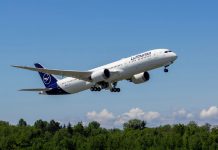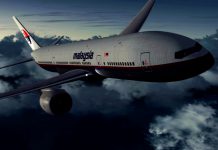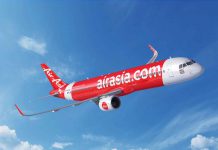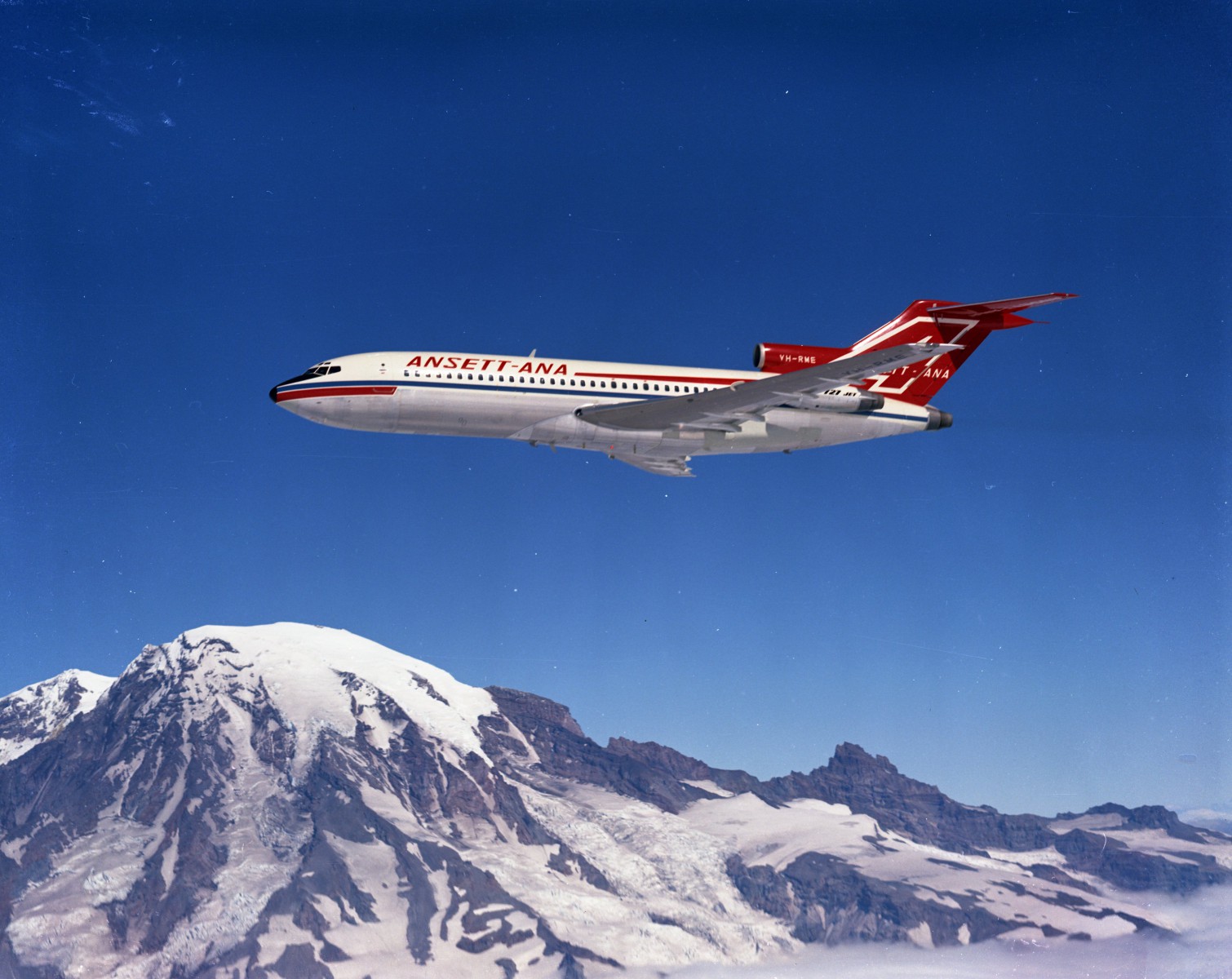Famous Australian entrepreneur and pilot Dick Smith once said the day you see me starting an airline is the day you have me committed.
The airline industry for decades made virtually no money evidenced by the fact that Australia has seen over 400 airlines since 1921 and very few survive today.
In Western Australia, almost 50 airlines have failed since 1960.
Ansett Airlines, which tragically collapsed in 2001, tipping 16,000 out of work and costing $3 billion in losses to suppliers, was itself, an amalgamation of 66 airlines.
A study done last decade found that of the airlines that failed 66.8 per cent failed within five years and only 4.7 per cent lasted 20 years or more.
READ: Singapore Airlines rolls out refunds for flight disruptions.
The Australian airline tale is a sorry one.
After years of regulation brought about by the constant failure of airlines, the government announced in October 1987 the deregulation of the airline industry to take effect in 1990.
The prospect of low-cost airlines entering the market prompted domestic pilots to seek a 30 per cent wage increase which led to the infamous strike of 1989 where hundreds of pilots lost their jobs.
Seven airlines announced plans to fly 47 aircraft under de-regulation but only Bryan Grey’s Compass with five aircraft started service but it lasted less than a year.
Its successor Compass II had an even shorter life.
After these fiascos, the government moved to restructure the industry with government-owned Qantas and Australian Airlines to merge and be privatized and Ansett allowed to fly internationally.
Ansett was always at a severe disadvantage of scale and was sold off in two stages to Air New Zealand, then controlled by Sir Ron Brierley.
In the late 1990s, the Australian government loosened the ownership rules governing domestic airlines allowing Virgin Blue, owned by Sir Richard Branson, to emerge in 2000.

The impact was dramatic with Qantas controlling the lion’s share of the corporate market, Ansett, which had costs twice those of Virgin Blue, had to battle the new kid on the block for the leisure market.
The next 18 months were savage with Ansett collapsing in the same week as 9/11.
By June 2001, Ansett was losing $18 million a week and the recovery strategy was based on buying out Virgin and for it to take over 40 per cent of Ansett’s routes.
When Sir Richard Branson rejected its offer, Ansett was up for sale to Qantas for just $1.
Qantas rejected the offer two days before 9/11 and Ansett was grounded on Friday September 14, 2001.
The demise of Ansett Airlines, was inevitable because the unions were inflexible, its board and management divisive and its fleet a shambles.

Staff were passionate, professional and loyal but many were out of touch with the reality that awaited, thanks to muddled government policies and management blunders that stretched back 20 years.
Just three years after the collapse of Ansett, Virgin Blue’s boss Brett Godfrey was able to tell West Business that his airline was carrying 10.5 million passengers for the financial year to March 2004, compared with Ansett’s 10.1 million in its last financial year with only 3300 staff compared to Ansett’s 10,000 for its domestic truck routes.
But the ambitious Virgin Blue was about to hit severe turbulence with Qantas launching its own low-cost carrier Jetstar with Alan Joyce as chief executive.

In 2001, Virgin Blue held 9.3 per cent of the Australian aviation market and, after the collapse of Ansett, that leapt to 21.1 per cent a year later and at the end of June 2004 its slice of the market was 29.6 per cent.
Jetstar became such a problem for Virgin that the airline, now under leadership of former Qantas executive John Borghetti (below), who had been overlooked for the top job, taken by Mr Joyce, changed course and was rebranded as an up-market carrier to challenge Qantas.

A fare bloodbath followed which damaged both airlines severely and the costs of moving upmarket for Virgin Australia were more than anticipated.

Virgin Australia is a top-class airline and under the new direction of new chief executive, Paul Scurrah (above) was trimming its sails when COVID19 hit the airline industry like a tornado.
Both Qantas and Virgin Australia need government help if Australia’s turbulent airline industry is to enjoy stability into the future.
























